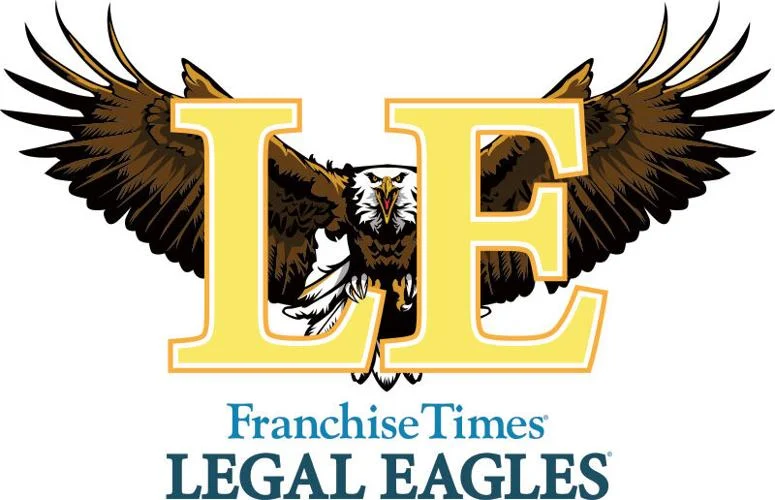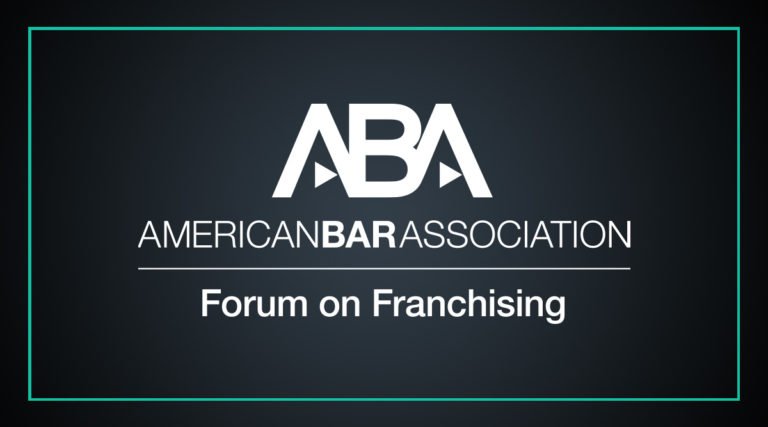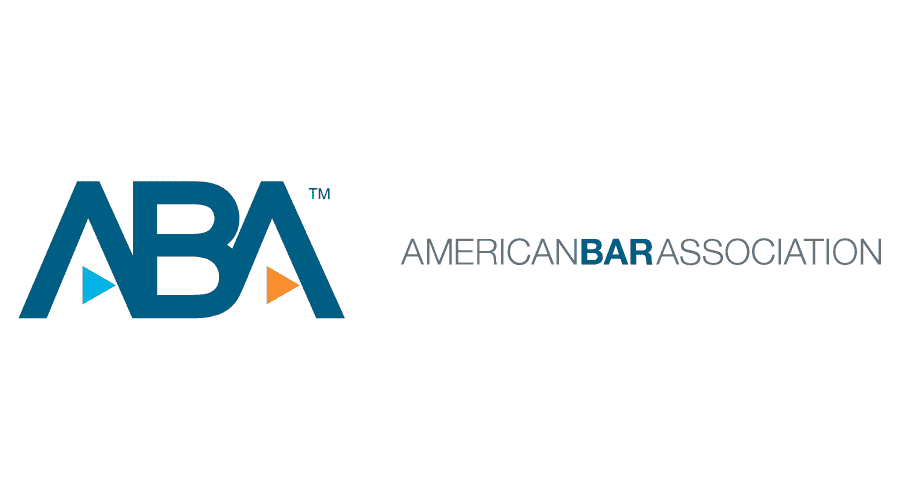On Tap and On Brand: How Trademarks and Copyrights Can Help Your Brewery Stand Out
I love craft beer, especially sours or stouts, and as a trademark attorney, I prefer breweries whose branding matches my taste in beer: strong, bold, and full of personality. From parodies like Driving Miss Hazy, pun-tastic classics like Pathological Lager, and the sometimes weird such as Moose Drool, half the fun of buying craft beer is the branding. That is nothing to say about the evocative, eye-catching art on the cans. That kind of creativity and personality needs to be protected. For that reason, I wrote this article: to help craft brewers protect their intellectual property.
First and foremost, I always advise clients to protect their brand names and logos, no matter the industry. Trademarking your name and logo is essential for craft breweries because your branding sets you apart from your competitors. However, this article focuses on the more unique aspects of your branding: your beer names and artwork.
Can I Trademark Beer Names?
Yes, you can trademark the names of your beers! However, it can be expensive to trademark the name of every beer or seasonal you sell. Therefore, I recommend clients trademark their flagship beer(s) or most popular product names. To get a little extra "bang for your buck," you can also trademark the name of a "family" of beers. Pumking by Southern Tier Brewing Company is an excellent example of this.
Southern Tier Brewing Company has two federal trademark registrations in the name "Pumking" (U.S. Registration Numbers 4551864 and 6165952). These registrations cover both "beer" and "alcoholic beverages, except beer," effectively giving Southern Tier Brewing Company the exclusive right to use "Pumking" with any alcoholic beverage.
As a brewery owner, you know the term "beer" is incredibly broad. Because of this, Souther Tern Brewing's single registration provides trademark protection for its flagship seasonal beer, a nitro variant, and a cold brew nitro variant. With a broad enough registration, you can protect your iconic brand names in areas other than beer. Southern Tier saw this benefit first-hand when the Patent and Trademark Office rejected a third party's trademark application for "Pumking" in connection with coffee. In their refusal, the PTO's Examiner ruled that "coffee, beer, and alcoholic beverages are of a kind [of products] that may emanate from a single source under a single mark."
However, you must be careful, as the same logic can apply to your applications. Therefore, hire a trademark attorney to perform a comprehensive clearance search before filing with the Patent and Trademark Office.
Can I Protect the Artwork on my Beer Labels?
Yes, you can protect the artwork on your products under copyright law. Copyright law protects original works of authorship, such as artistic content. Copyrights can protect craft breweries' marketing materials, packaging designs, and other creative works that help promote your brand. By copyrighting the art on your labels, you can prevent others from using the same or similar designs, which can help to distinguish your products from your competitors.
In turn, copyrighting can also be a valuable marketing tool. Customers may be attracted to your beer because of the unique and appealing design on the label. Owning the copyright to the label art allows you to expand your revenue stream through merchandise such as T-shirts, caps, mugs, glasses, and bottle openers, all bearing the artwork. A hometown favorite of mine is the Sue series created by Toppling Goliath in collaboration with Chicago's Field Museum of Natural History.
It is important to note that registering your trademark or copyright is not enough. As the owner of valuable intellectual property, you must monitor competitors for infringement and enforce your rights. Roda Chalfant can protect and monitor your intellectual property. For more information on how to build your brand, call Roda Chalfant at (888) 644-1997 or email us at Info@RodaChalfant.com.
By: Gage Meyers










